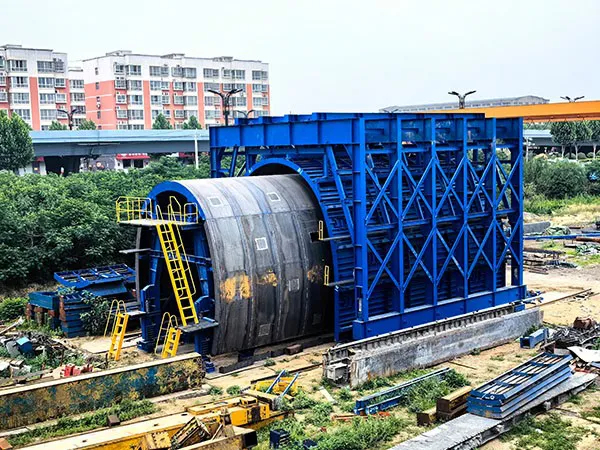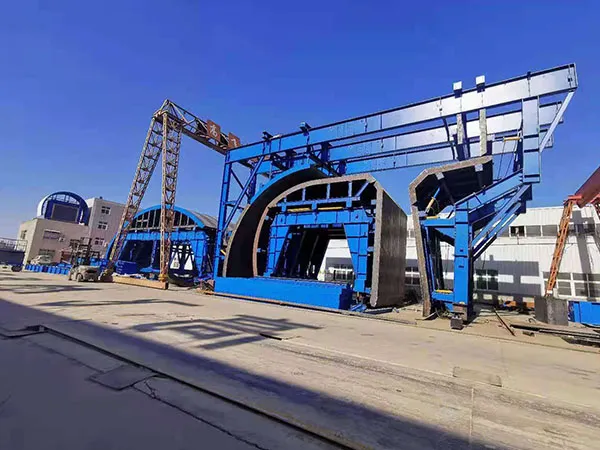Choosing the appropriate motor power for a tunnel lining trolley is crucial for efficient and safe operation. It involves considering various factors related to the trolley's function, the tunnel's characteristics, and the concrete lining process.

A tunnel lining trolley typically performs several tasks, each requiring specific power:
Traveling/Movement: This is the primary function. The motor needs to overcome:
Rolling resistance: Friction between the wheels and the tracks.
Grade resistance: If the tunnel has an incline (crawling ability).
Acceleration torque: The force needed to start and increase the speed of the trolley.
Total weight of the trolley: This includes the steel formwork, hydraulic system, concrete if present during movement (though usually it's poured after positioning), and any auxiliary equipment or personnel.
Short-distance movement: For precise positioning, motors need to provide accurate control.
Hydraulic System Operation: Most modern lining trolleys use hydraulic cylinders for various operations:
Lifting and lowering the formwork: This involves overcoming the weight of the formwork and the concrete pressure during pouring.
Opening and closing side templates: For demolding and adjustment.
Horizontal and vertical adjustments: For precise alignment.
Vibrating concrete: Some trolleys have attached vibrators to ensure proper concrete compaction. The hydraulic pump motor needs sufficient power to drive these cylinders and vibrators.
Auxiliary Functions:
Lighting: For visibility within the tunnel.
Control systems: Power for the electrical and electronic components.

Trolley Specifications:
Length and weight of the trolley: Longer and heavier trolleys require more power for movement and lifting.
Maximum lining length per unit: This indicates the scale of the operation.
...
More detailed information about how to choose the power of tunnel lining trolley motor can be clicked to visit: https://www.gf-bridge-tunnel.com/a/blog/tunnel-lining-trolley-motor-power-selection.html